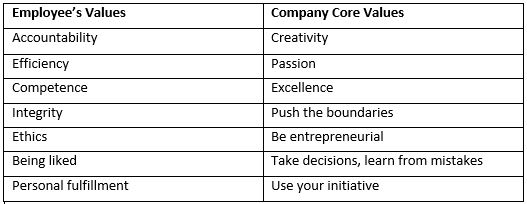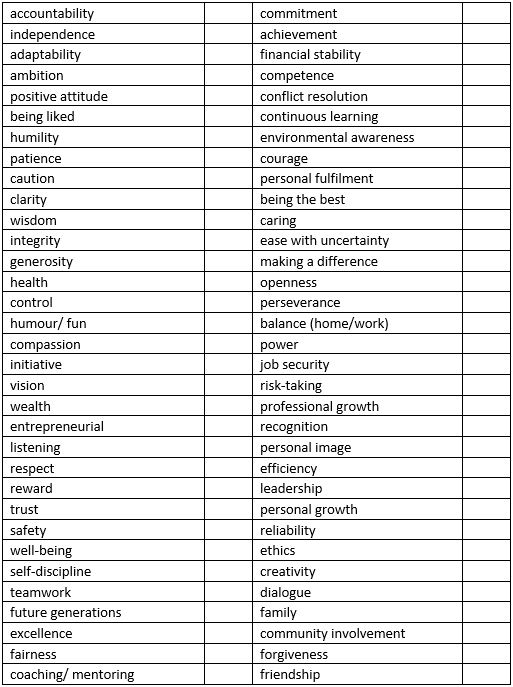After our founder Rosemary Forsyth spent a warm June Friday evening on the panel of the Food Of Genius event, put on by the Food Startup School, we thought the time was ripe to analyse the growing food technology startup scene. The event involved 3 Food Tech startups presenting to 20 key industry influencers (including Rosemary!) and receiving feedback on their ideas, with the influencers remaining anonymous so as not to cloud their judgements. The food tech space is an area that perhaps hasn’t had the same giddy excitement around it as other areas in technology, but with events like this, and increasing journalistic coverage, all the signs are pointing towards this changing.

One of the most visible areas where there has been an intermingling of food and technology is in the food subscription area, where companies like Graze and Pact have made a real impact. Graze is one of the earliest examples of a food company using technology, having been founded in January 2009. The online snack delivery company raised $1.4M in July 2009 from DFJ Esprit, JamJar investments and Octopus Ventures, and has recently overseen one of the most successful ever launches of a British food brand in the US. The company have sales of $35M per year in the US, and the business is already profitable, having only launched last year. Pact, which is a real favourite in our office, is a similar concept, replacing snacks with coffee. Their emphasis is very much on the freshness of their coffee, with all bags being sent within a week of the beans being roasted, and the beans ground moments before shipping. They also emphasise the fact that as an ecommerce company they are able to respond to demand much quicker, with guaranteed next day delivery if ordered before 1pm. This attempt to create a strong bond with their community follows current food trends, with people taking much more of an interest in knowing where their food comes from, and where it is sourced. The success of this is proven by the £2M Series A round raised in August 2014.

Another interesting food tech startup is Winnow Solutions, a smart meter that enables restaurants to know exactly how much food they are wasting. In the UK alone, over 920,000 tonnes of food is wasted every year, worth over £2BN, and with Winnow systems’ meters, kitchen staff can now use a touch screen tablet to work out exactly what they are wasting, with a simple to use interface, and an electronic scale to measure the weight of the wastage. Winnow Solutions claim to have saved over £1m in food waste already, with The Breakfast Club, for example, having already reduced waste from pre-prepared food by 80%. This product is really exciting, as not only does it help restaurants with their notoriously tight margins, but it is also good for the environment.
Grub Club is another food tech startup that we really like. The concept is simple, with Grub Club connecting chefs with unusual places, such as disused tube carriages, and bringing together a community of food lovers, who share the same passions and interests. This is a great way to help chefs to get a name for themselves, and for people with a passion for food to have a different experience and enjoy a unique evening with like-minded people.

Deliveroo is an interesting food tech startup that has had a lot of publicity recently. After raising a $25M Series B round led by Accel Partners, the UK based startup has expanded into Berlin, Paris and Dublin, and continues to grow in the UK. The concept is a great one, with the idea being that restaurants that don’t usually do takeaway sign up to the service, and Deliveroo deliver food from these restaurants to hungry punters. People who have been dreaming of a takeaway Nando’s or Byron Burger can finally make that dream a reality! This is also a great way for restaurants to get more business, and there is minimal risk, as the overheads associated with the takeaway business are Deliveroo’s problem, with Deliveroo merely taking a percentage of the order, and charging £2.50 to hungry punters.
The fact that the examples above are all completely different types of businesses, but all food technology related, shows the breadth of opportunity available to entrepreneurs in the food industry. We’re looking forward to seeing what comes in the future, and in the meantime will continue to enjoy our Graze snackboxes and Pact coffee!







